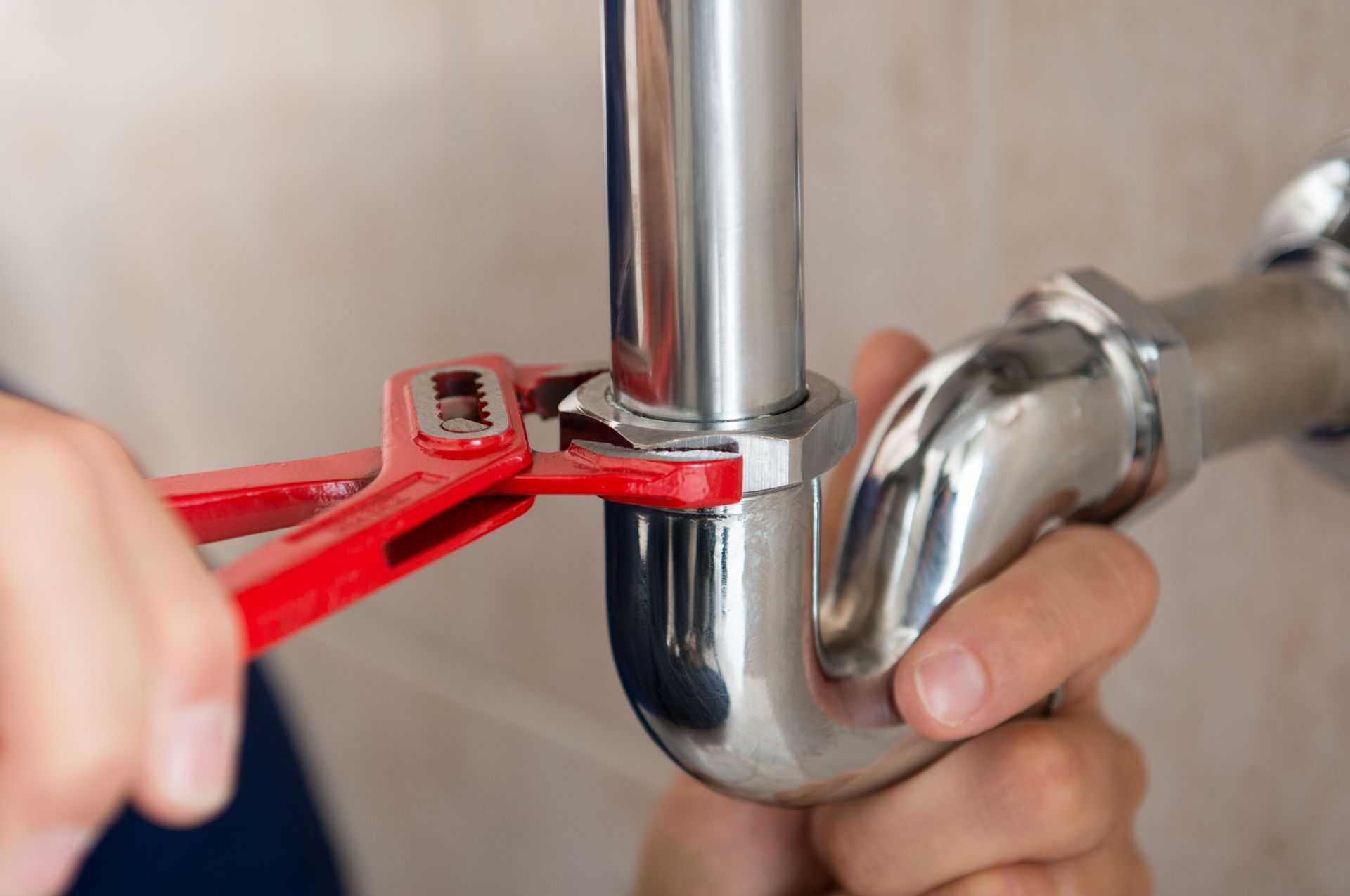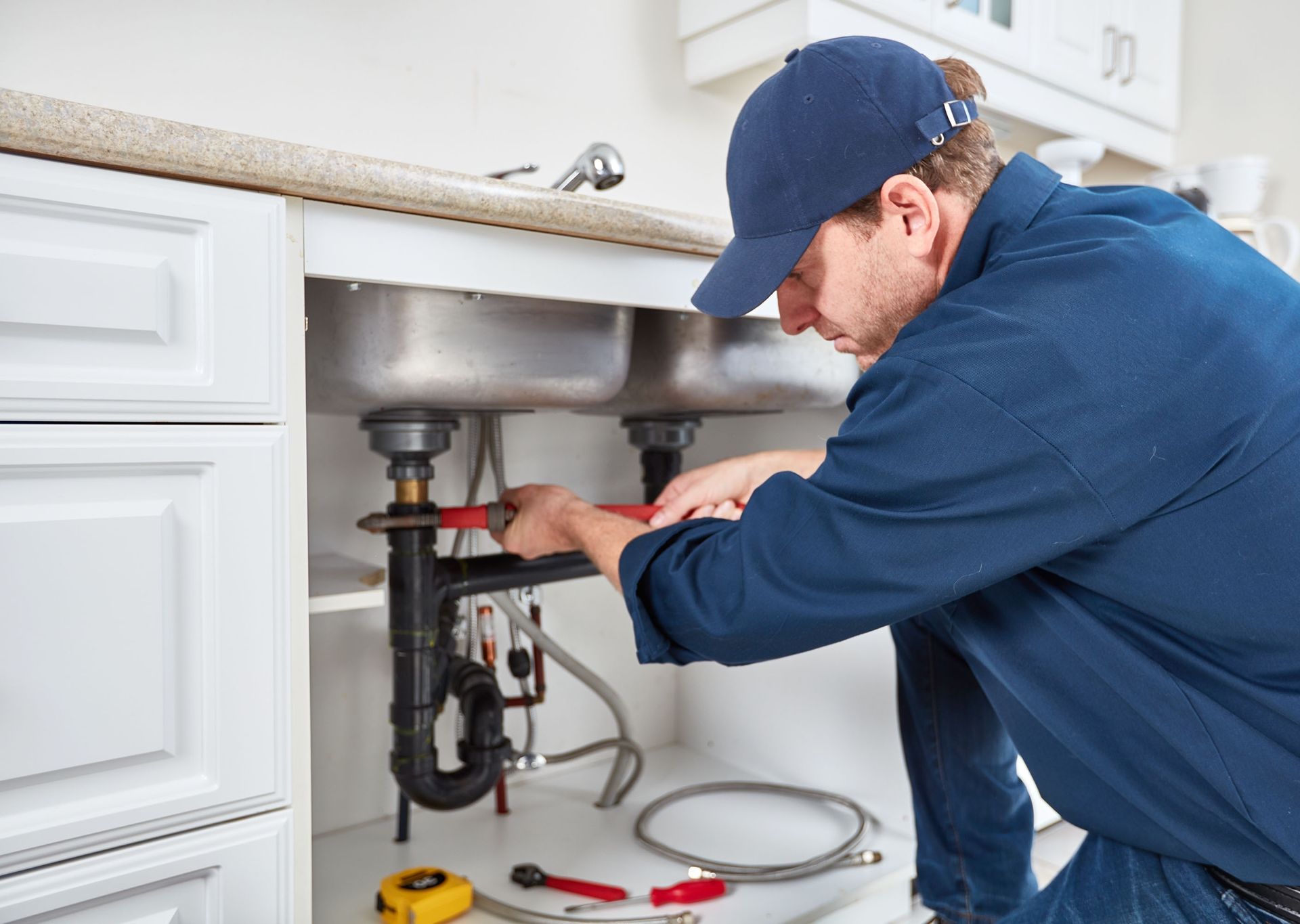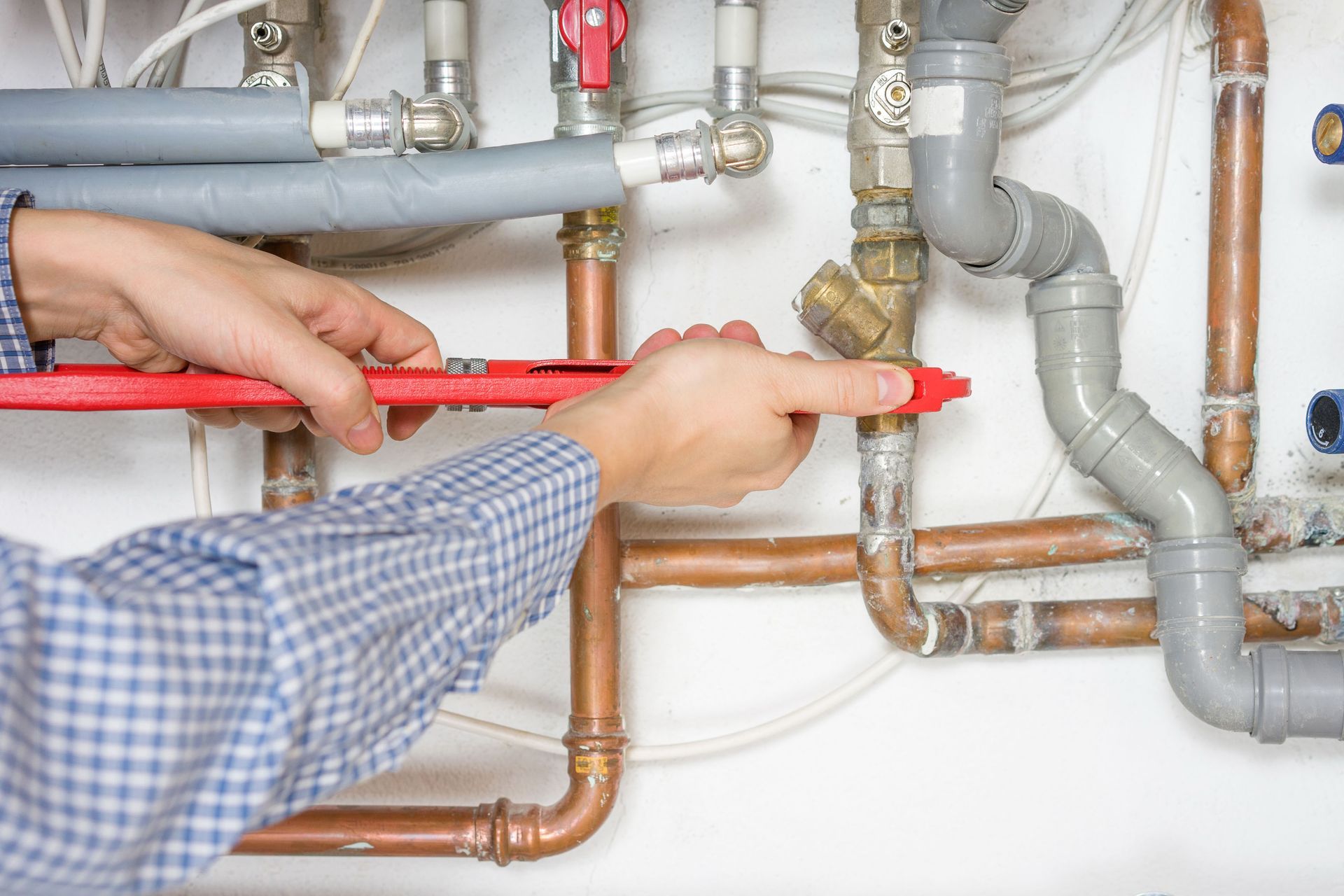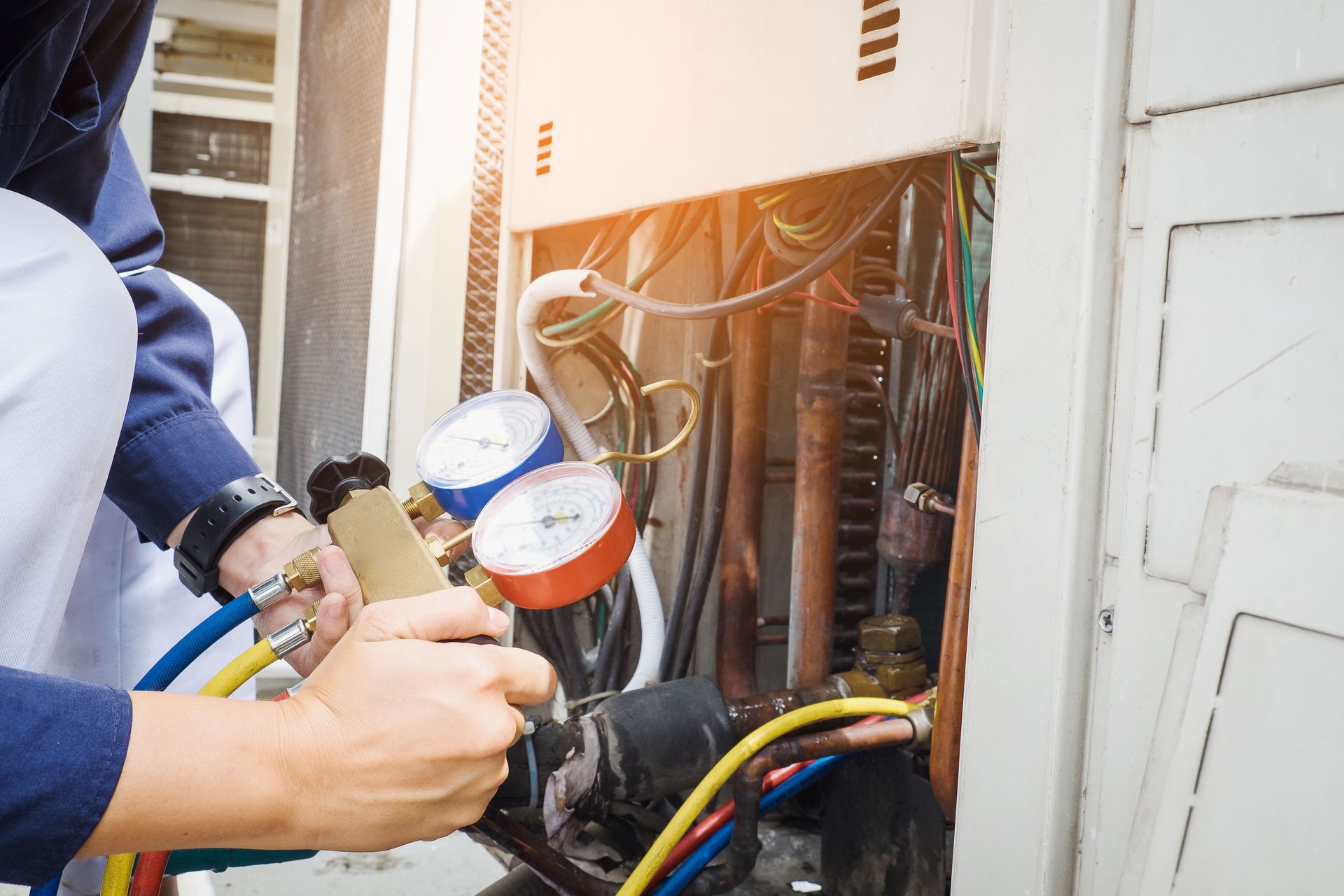The 6 Most Common Causes of Water Leaks in Homes
Water leaks in homes can cause extensive damage and lead to costly repairs if not addressed promptly by a local plumbing company. Understanding the most common causes of these leaks and learning how to prevent them can save you time, money, and stress. Let's look at some of the typical sources of water leaks in residential settings.
1. Leaking Faucets
Leaking faucets are often caused by small and seemingly insignificant components that wear out over time. One common reason is the deterioration of washers, which can lead to constant dripping. Alternatively, corrosion in the valve seat, which connects the faucet to the spout, can also result in leaks. Improper installation, where parts are not aligned correctly, is another frequent culprit. Regular examination of these components can help identify early signs of wear or damage.
The sound of a dripping faucet is often the first indication of a problem. This is not just an auditory annoyance; it also means water is being wasted. Additionally, water pooling around the faucet area can indicate an issue. Homeowners should also check for loose faucet handles, which may point to internal problems. Regular cleaning and inspections can avoid costly repairs caused by unchecked leaks.
It's essential to fix leaking faucets as soon as you can, as they can be a significant source of wasted water. In fact, according to Jobber, an online home improvement resource, a leaky faucet can waste 3,000 gallons of water a year. Repairing a leaking faucet typically involves replacing worn-out components. Start by turning off the water supply and disassembling the faucet to access the parts. Examine washers, O-rings, and other components for any signs of damage or wear. Turning to a local plumbing company to help you replace these components with high-quality alternatives to ensure longevity. Reassemble the faucet carefully to prevent future leaks, making sure each element is securely in place.
2. Pipe Leaks
Pipes made from different materials exhibit distinct vulnerabilities to leaking. Galvanized steel pipes, for instance, are prone to corrosion over time, which may lead to leaks. Copper pipes, while largely resistant to rust, can be affected by a high-acid water supply. PVC pipes are a popular choice for several applications, but are not immune to damage from extreme temperatures. Understanding these characteristics helps homeowners make informed decisions regarding pipe materials.
One of the first indicators of a pipe leak is a sudden increase in water bills without a corresponding increase in usage. Damp spots on walls, ceilings, or floors are telltale signs of a hidden leak. Homeowners should also check for mold or mildew, which thrives in moist environments. If your water meter’s flow indicator spins or the dial increases when no water is in use, it likely means there’s a leak in your home. Addressing these signs immediately with the help of a local plumbing company can prevent more severe damage to the property's structure.
3. Leaking Toilets
Toilet leaks are frequently caused by malfunctioning components within the toilet tank. Faulty flappers are among the most common culprits, allowing water to seep from the tank to the bowl. Problems can also arise from fill valves that do not close properly, leading to continuous water flow. Wear and tear of the wax seals at the base may cause water to escape onto the bathroom floor. Regular checks of these components can help maintain optimal toilet operation.
Detecting toilet leaks often involves simple investigative strategies. The dye test is a popular method, where food coloring is added to the tank to see if it seeps into the bowl without flushing. Homeowners should also monitor water levels in the tank for any unexplained declines, as they might indicate a leak. Audible signs, such as a hissing sound from the tank, may also imply an issue. Confirming these symptoms early can prevent unnecessary water wastage and subsequent costs.
Addressing toilet leaks usually involves replacing the defective components that cause water loss. Flappers should be checked for wear and swapped out if they don't form a tight seal. Fill valves need adjustments or replacements when they malfunction. Wax seals can be replaced to prevent water from escaping onto the floor. These common fixes usually resolve most toilet leaks and sustain efficient water usage.
Persistent toilet leaks that resist simple fixes require help from a local plumbing company. Expert plumbers are skilled at diagnosing deep-rooted problems that may not be immediately visible. This includes detecting issues within the internal mechanics that may require specialized repair tools. In such cases, prompt professional intervention ensures both effective repair and safety standards are met. Engaging a competent plumber restores efficiency and conserves water while safeguarding your home.
4. Roof Leaks
Roof leaks can arise from several common issues that homeowners should be aware of. Damaged or missing shingles are frequent culprits, as they expose roofs to moisture intrusion. Additionally, clogged gutters can trap water, causing it to seep under the roof edges and into the home's structure. Faulty flashing or improperly sealed skylights are other areas vulnerable to leaks. Awareness and regular inspections are key to identifying and remedying these vulnerabilities.
Identifying roof leaks requires a keen eye for detail, both inside and outside the home. Inside, look for water stains on ceilings or walls, often an indicator of external moisture entering the structure. Crawl spaces or attics can further reveal telltale signs like damp insulation or unpleasant smells. From the exterior, scanning the roof for damaged shingles or visible gaps can help pinpoint problem areas. Regular monitoring ensures these issues are caught before turning into significant damage.
5. Basement Leaks
Basements are notorious for susceptibility to leaks for a variety of reasons. Poor drainage systems can cause water to build up around the foundation, leading to seepage. Cracks in foundation walls or floors provide pathways for water ingress during heavy rainfalls. Additionally, plumbing issues, such as pipe leaks within walls, often reveal themselves in basement areas. Being aware of these sources allows homeowners to implement the necessary checks and repairs.
Symptoms of water intrusion in a basement can manifest in several forms. Moisture or damp spots on walls and floors often indicate water presence. Sudden appearance of puddles, especially during rainfall, implies drainage system inadequacy. Musty odors signal prolonged dampness, which could originate from hidden leaks. Regular inspections and immediate response to these symptoms help in curbing further damage.
6. Appliance Leaks
Appliance leaks are a frequent occurrence in homes and can stem from various devices. Dishwashers, for instance, may leak due to faulty door seals or clogged drain lines. Washing machines can develop leaks from deteriorated hoses or disconnected coupling valves. Refrigerators sometimes present leaks when defrost drains are blocked or water lines crack. Understanding the likelihood of leaks across different appliances encourages proactive inspections and maintenance.
Recognizing appliance leaks early is vital to avoid long-term damage. Inspect the hoses and connections regularly for signs of wear or detachment. Puddles beneath or around appliances often indicate leaking and should be addressed immediately. Sometimes, warped flooring or musty odors can suggest hidden water issues stemming from appliances. Keeping vigilant helps in identifying leaks in their infancy and preventing consequential issues.
Water leaks in homes can stem from various sources, including plumbing fixtures, roofing, basements, and appliances. Proactive maintenance and timely repairs are crucial in preventing significant water damage to residential properties. By understanding the common causes and turning to the help of professionals at a local plumbing company like Monona Plumbing & Fire Protection, you can protect your investments and ensure a safe and dry living environment. Reach out today to get started!








Share On: